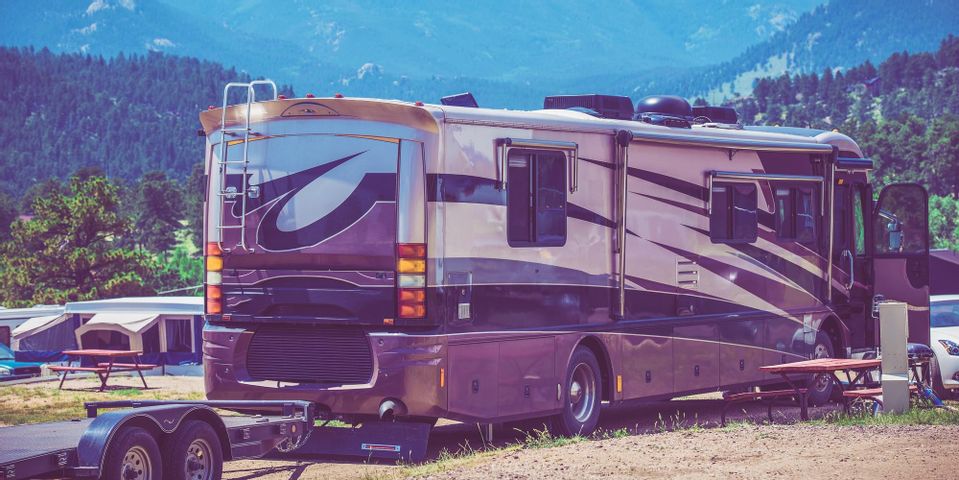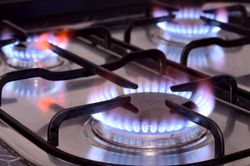
A steady supply of natural gas from a propane cylinder is essential for powering a wide array of appliances in your RV. Propane is the most efficient source of heat and energy for RVs, but it’s common for many RV owners to be unfamiliar with its benefits and properties. Find out more by reading the following answers.
What RV Owners Should Know About Propane
What can be powered in an RV with propane?
Most modern RVs include a direct hook-up to use propane, although it can be used in older models with a generator. These can be used to power stoves and ovens, refrigerators, and water heaters.
Refrigerators and water heaters are often powered through a combination of propane and electricity. If your propane cylinder is connected through a direct hook-up, use the fuel sparingly, and never while driving.
How long will a propane cylinder power RV appliances?
 The length of use you can get out of your propane tank is determined by BTUs, or British thermal units. This determines how much energy is needed to increase the temperature of a pound of water by 1°F. As a rule of thumb, a gallon of propane can be used for about 95 hours if burned at a rate of 1000 BTUs per hour.
The length of use you can get out of your propane tank is determined by BTUs, or British thermal units. This determines how much energy is needed to increase the temperature of a pound of water by 1°F. As a rule of thumb, a gallon of propane can be used for about 95 hours if burned at a rate of 1000 BTUs per hour.
For example, if you have a stovetop that’s rated at 30,000 BTUs, then that gallon will fuel it for just over three hours. However, since you probably won’t be running every appliance constantly, you should be able to get anywhere from eight to ten days of use from your cylinder with carefully managed usage.
What are the types of propane tanks?
The propane tanks used on trailers and campers are typically removable Department of Transportation (DOT) cylinders, similar to those used for grills or small outdoor appliances and built to U.S. DOT standards. These are rated according to their capacity in pounds and are usually mounted outside of the trailer.
RVs and motorhomes usually feature American Society of Mechanical Engineers (ASME) tanks, permanently mounted storage units that meet specifications set by the ASME. ASME tanks are sized by capacity in gallons ranging from 250 to 1,000, and are mounted in a dedicated compartment within the vehicle.
How can propane usage be monitored?
DOT tanks are usually equipped with an external gauge, which will provide a clear readout of fuel levels. Check the levels after each use, and when they drop to 20%, refill the tank. Since ASME tanks are a permanent component of RVs, the vehicle’s main control panel will include a handy gauge to monitor fuel levels instantly.
For convenient propane cylinder refills in Chillicothe, OH, turn to Thomas Gas Service. This locally owned and operated business has been the premier supplier of gases in Adams, Brown, and Ross counties since 1962. They pride themselves on offering convenient ordering and delivery with outstanding safety and customer service. To order, call (740) 775-2917 or view their product range online.
About the Business
Have a question? Ask the experts!
Send your question

